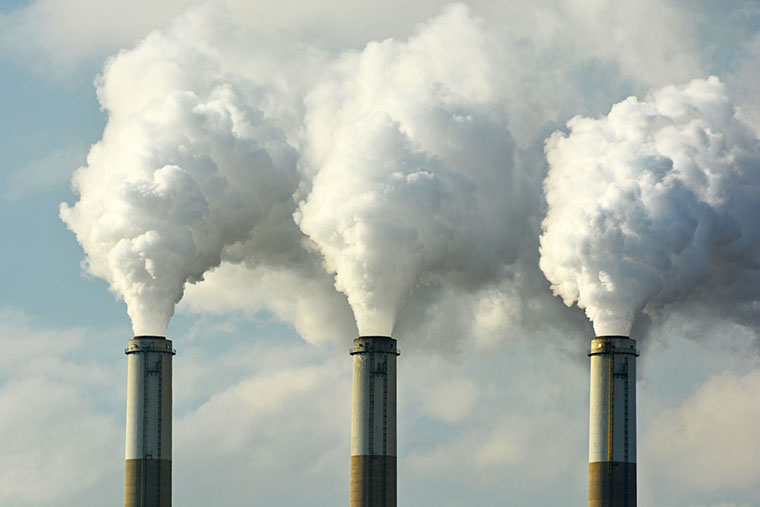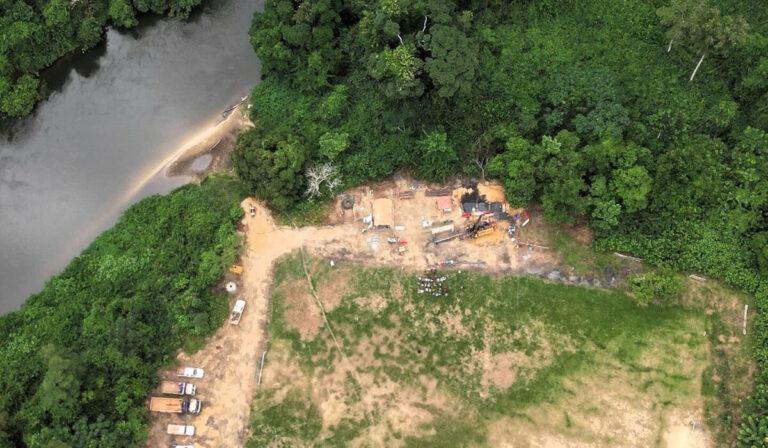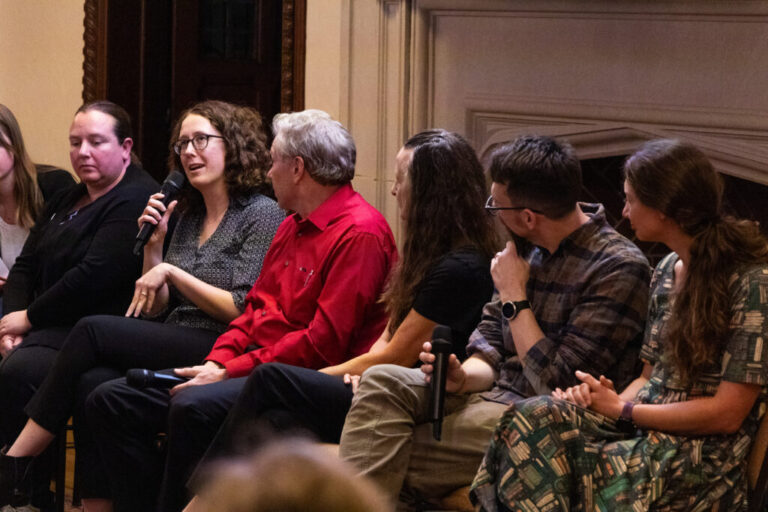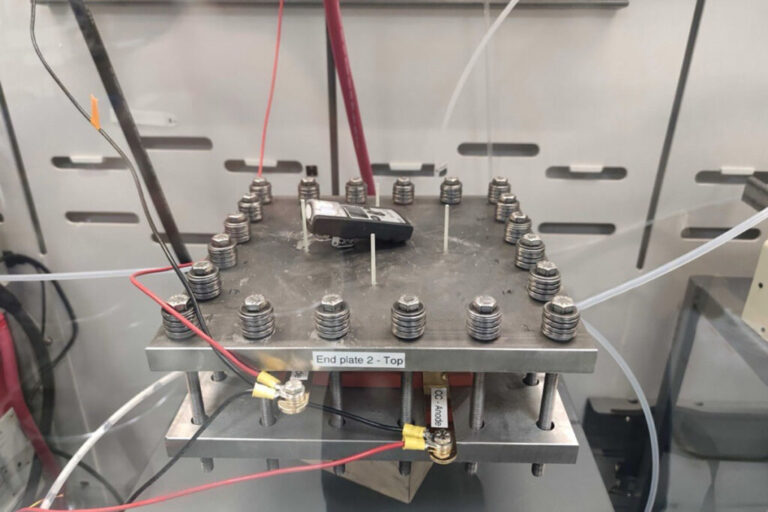WashU students challenge Missouri air pollution findings
Two students from Washington University in St. Louis’ Interdisciplinary Environmental Clinic (IEC) recently took aim at the state’s arguments about who bears responsibility for harmful air pollution in the St. Louis region.
WashU Medicine Restaurants Earn Green Dining Alliance Certifications
Shell Café and Farmstead Café, both located at the Medical Campus, recently earned 5-star Green Dining Alliance certification, the program’s highest honor.
WashU-sponsored Thursday Nights at the Museum celebrate St. Louis
Free, family-friendly event features performances, panel discussions, film and music
Drilling deep to study the oxygenation of Earth
SHARE
Some 2.3 to 2.4 billion years ago, Earth underwent a monumental transformation that forever altered the planet’s course. Cyanobacteria evolved a new kind of photosynthesis that unleashed tremendous amounts of oxygen into the oceans and atmosphere, setting the stage for life as we know it.
Advancing our mission: Rapid progress, big wins from strategic plan
WashU is recognizing successes while planning for the years ahead.
2026 Arboretum Sticker Competition
The WashU Arboretum is now welcoming design submissions from WashU students for the 2026 Arboretum sticker, featuring this year’s Tree of the Year, Ginkgo biloba.
St. Louis community organizers and WashU professors gather to discuss religion and the environment
The Department of English hosted “A Conversation on Religion and the Environment: Academia, Community, Activism” to discuss across disciplines the intersectionality of religion and the environment in the St. Louis and WashU communities.
Inexpensive materials transform waste carbon into energy-rich compounds
Jiao’s lab provides alternative to boost compatibility with renewable energy
WashU Public Health faculty named to world’s most-cited scientists list
Several WashU Public Health faculty members have been named among the top 2% most influential scientists worldwide
Public Health People: A conversation with Professor Rodrigo Reis
With expertise in how environments affect people’s active lives, Reis leads WashU’s People, Health & Place Unit








